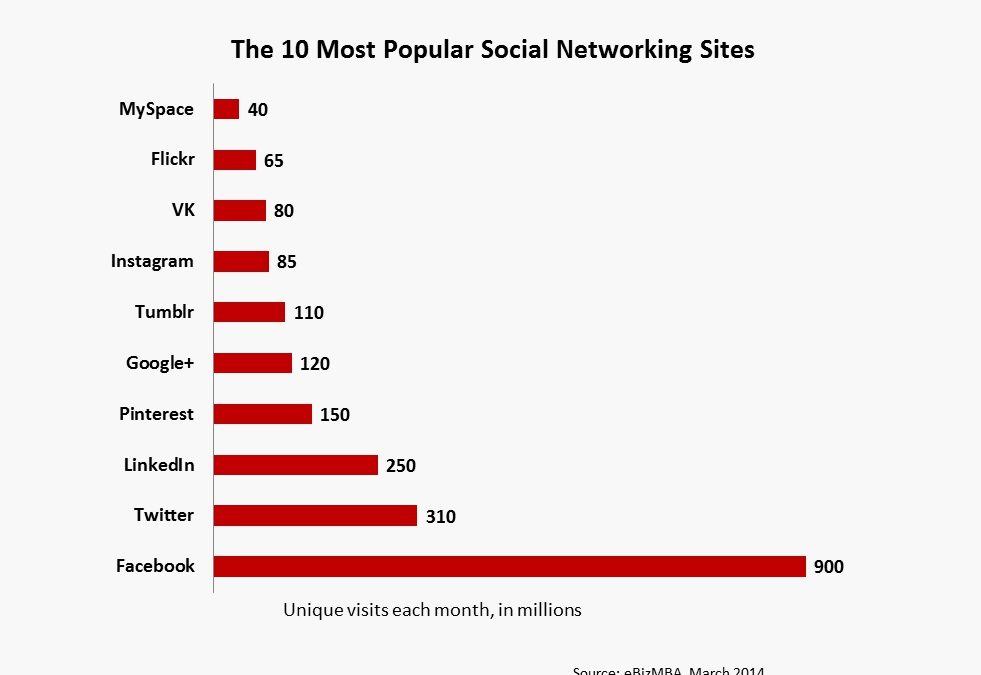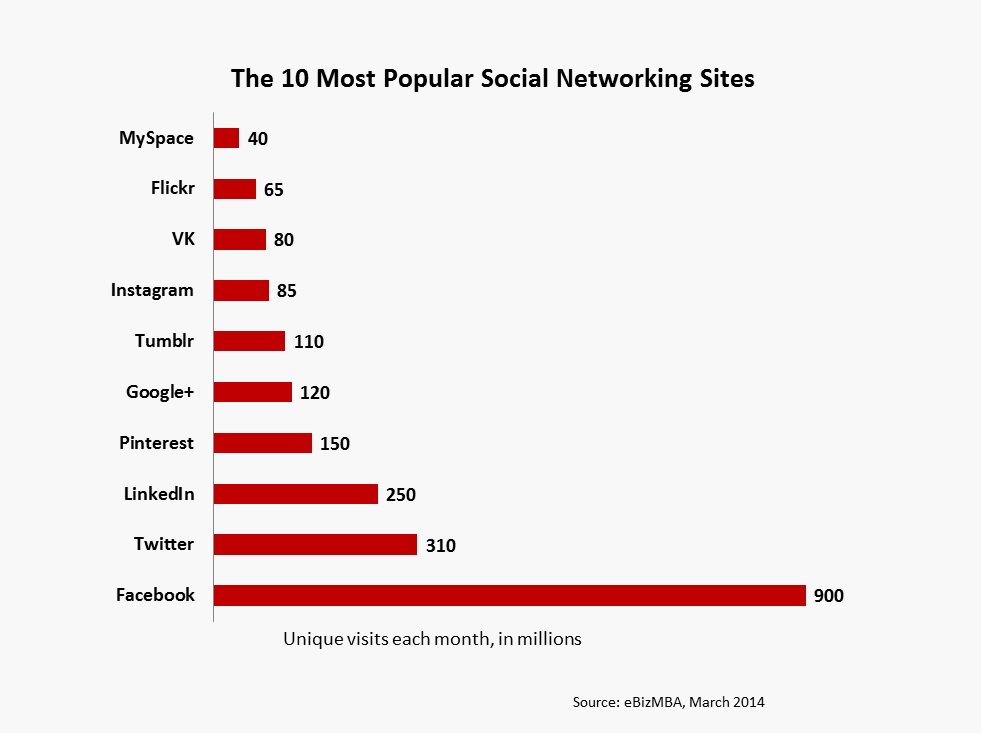by Fronetics | Mar 18, 2014 | Blog, Leadership, Marketing, Social Media, Strategy, Supply Chain
Rather than focus sales efforts on seeking out prospects and making cold calls re-focus your efforts so that the emphasis is on demand generation. Why? Demand generation shortens the sales cycle and increases sales opportunities by nurturing and engaging potential customers. Moreover, demand generation is a commitment to long-term customer relationships.
Demand generation builds and nurtures prospect and customer relationships for the long-term. To do this effectively, companies need to do things like host webinars, create a blog, and promote blog posts through social media. Companies need to create and disseminate content-driven resources that establish themselves as a thought leader and as an industry influencer, and which engage prospects and customers alike.
Demand generation is not a sprint. It takes time to build and implement a successful strategy. However, once a strategy is in place and is consistently and continuously implemented, there will be positive results. Specifically, website traffic will increase and, by extension, so will the number of prospects. These prospects are warm leads. These prospects are ones which your sales team should focus on as they are more likely to convert to customers than the cold call prospect. In fact, prospects that come to you via a successful demand generation strategy are five times more likely to become your customers.
To grow sales through demand generation it is important to identify your target customers and their needs. In short, get to know your target customer and identify how your company can anticipate and respond to their needs. Furthermore, take the time to choose the right content and choose the right place to disseminate content.
Shorten your sales cycles and increase your sales opportunities by focusing time and effort on creating and implementing a demand generation strategy instead of on cold calls.
If you’d like to learn more about demand generation and what it can do for your business, get in touch. Fronetics Strategic Advisors works with companies in the logistics and supply chain industries to develop and implement a demand generation strategies.
A version of this post appeared on DC Velocity.
by Fronetics | Mar 18, 2014 | Blog, Leadership, Marketing, Social Media, Strategy, Supply Chain
Rather than focus sales efforts on seeking out prospects and making cold calls re-focus your efforts so that the emphasis is on demand generation. Why? Demand generation shortens the sales cycle and increases sales opportunities by nurturing and engaging potential customers. Moreover, demand generation is a commitment to long-term customer relationships.
Demand generation builds and nurtures prospect and customer relationships for the long-term. To do this effectively, companies need to do things like host webinars, create a blog, and promote blog posts through social media. Companies need to create and disseminate content-driven resources that establish themselves as a thought leader and as an industry influencer, and which engage prospects and customers alike.
Demand generation is not a sprint. It takes time to build and implement a successful strategy. However, once a strategy is in place and is consistently and continuously implemented, there will be positive results. Specifically, website traffic will increase and, by extension, so will the number of prospects. These prospects are warm leads. These prospects are ones which your sales team should focus on as they are more likely to convert to customers than the cold call prospect. In fact, prospects that come to you via a successful demand generation strategy are five times more likely to become your customers.
To grow sales through demand generation it is important to identify your target customers and their needs. In short, get to know your target customer and identify how your company can anticipate and respond to their needs. Furthermore, take the time to choose the right content and choose the right place to disseminate content.
Shorten your sales cycles and increase your sales opportunities by focusing time and effort on creating and implementing a demand generation strategy instead of on cold calls.
If you’d like to learn more about demand generation and what it can do for your business, get in touch. Fronetics Strategic Advisors works with companies in the logistics and supply chain industries to develop and implement a demand generation strategies.
A version of this post appeared on DC Velocity.

by Fronetics | Mar 11, 2014 | Blog, Data/Analytics, Marketing, Social Media, Strategy

How people access your website and navigate your website can provide you with a lot of information not only about your website’s visitors, but also about your company and the products and services you provide. Unfortunately, many companies don’t know that this information exists and therefore they leave a wealth of strategic data unexamined. The data does exist – and it is free and easily accessible.
This goldmine of strategic data is available via a tool called Google Analytics. Google Analytics provides users with powerful data about website traffic. The amount of data available through Google Analytics is massive. Likewise the knowledge one can learn from the data is massive. Here are just four things Google Analytics can tell you:
How many customers actually look at your website
Having a website is essential. However, a website does your company no good if customers are not finding your website and are not accessing the site. Google Analytics provides you with data on the total number of visitors to your site as well as the number of unique visitors and the number of new visitors.
How visitors use your website
Google Analytics provides data on the path each visitor takes when they visit your site. You can follow the path of each visitor – from the first page they looked at, to the last page they looked at. This information give you information on what drew the visitor to your site, what they were looking for, what they were interested in once they arrived, and provide you with information on why they left the site. For example, did they leave once they made a purchase? Or did they not find what they were looking for and leave your site immediately?
What visitors like and what they don’t like
Google Analytics provides data on the number of visitors per page. By looking at this information you can tell what products or services are most popular and what are the least popular. From this you can make strategic decisions about your company’s products and services. For example, is it time to revamp your product line? Or do you just need to revamp your website content?
How do visitors view your website
What technology do visitors use when viewing your site? Do they use a mobile device, a tablet, or a computer? Knowing this information will help you to optimize your site so as to cater to your visitors. For example, if you find that the majority of visitors are accessing your website via a tablet or mobile device you want to make sure that your website is friendly to this technology.
What are your website’s traffic sources
Google Analytics breaks down traffic sources into four categories: direct, referral, organic search, and social. Once you know how traffic is coming to your website you can make necessary adjustments to your marketing and advertising strategies. Furthermore, you can identify which strategies currently in place are working and which are not.
Setting up Google Analytics is free and is relatively easy. Google provides a step by step guide, and there are also a number of YouTube videos available. Once you have set up Google Analytics use it – and use it to your advantage. The data provided is real time and will therefore enable you to understand what you need to do now in order to attract customers and engage customers.

by Fronetics | Mar 11, 2014 | Blog, Data/Analytics, Marketing, Social Media, Strategy

How people access your website and navigate your website can provide you with a lot of information not only about your website’s visitors, but also about your company and the products and services you provide. Unfortunately, many companies don’t know that this information exists and therefore they leave a wealth of strategic data unexamined. The data does exist – and it is free and easily accessible.
This goldmine of strategic data is available via a tool called Google Analytics. Google Analytics provides users with powerful data about website traffic. The amount of data available through Google Analytics is massive. Likewise the knowledge one can learn from the data is massive. Here are just four things Google Analytics can tell you:
How many customers actually look at your website
Having a website is essential. However, a website does your company no good if customers are not finding your website and are not accessing the site. Google Analytics provides you with data on the total number of visitors to your site as well as the number of unique visitors and the number of new visitors.
How visitors use your website
Google Analytics provides data on the path each visitor takes when they visit your site. You can follow the path of each visitor – from the first page they looked at, to the last page they looked at. This information give you information on what drew the visitor to your site, what they were looking for, what they were interested in once they arrived, and provide you with information on why they left the site. For example, did they leave once they made a purchase? Or did they not find what they were looking for and leave your site immediately?
What visitors like and what they don’t like
Google Analytics provides data on the number of visitors per page. By looking at this information you can tell what products or services are most popular and what are the least popular. From this you can make strategic decisions about your company’s products and services. For example, is it time to revamp your product line? Or do you just need to revamp your website content?
How do visitors view your website
What technology do visitors use when viewing your site? Do they use a mobile device, a tablet, or a computer? Knowing this information will help you to optimize your site so as to cater to your visitors. For example, if you find that the majority of visitors are accessing your website via a tablet or mobile device you want to make sure that your website is friendly to this technology.
What are your website’s traffic sources
Google Analytics breaks down traffic sources into four categories: direct, referral, organic search, and social. Once you know how traffic is coming to your website you can make necessary adjustments to your marketing and advertising strategies. Furthermore, you can identify which strategies currently in place are working and which are not.
Setting up Google Analytics is free and is relatively easy. Google provides a step by step guide, and there are also a number of YouTube videos available. Once you have set up Google Analytics use it – and use it to your advantage. The data provided is real time and will therefore enable you to understand what you need to do now in order to attract customers and engage customers.

by Fronetics | Mar 4, 2014 | Blog, Logistics, Marketing, Social Media, Strategy, Supply Chain
Innovation is a powerful way to drive growth. However, traditional approaches taken by companies to develop innovative products and services are increasingly being found to be unsuccessful in creating growth. The traditional siloed approach to R&D is too insular for today’s rapidly changing economic environment. Moreover a top-down approach to R&D no longer works given our consumer driven marketplace, and the instant gratification consumers now demand. How then can your company successfully develop new products and services? How can your company innovate faster? How can your company innovate better? Harness social media as an innovation engine.
According to a March 2014 report by eBizMBA Facebook has an estimated 900 million unique users each month. Twitter has an estimated 310 million unique users each month and LinkedIn sees an estimated 250 million users monthly. Conversations are taking place on these social networks about companies and about specific products and services. These conversations can provide your company with a wealth of information and can be a source of innovation – innovation that can drive growth.

You can leverage social media an as innovation engine by monitoring the conversations taking place about your company and your products and services. What are customers saying? What do customers like? What do they dislike? Are there questions that are repeatedly being asked by customers about your company and/or a specific product or service you offer? Don’t dismiss feedback provided by customers via social media; embrace it and its honesty. Learn from the feedback provided. Engage with customers to learn more. Use the intelligence that you gain from social media to fuel innovation.
Turn to social media to learn about creative ways customers are using your products. Ikea products are constantly being “hacked” or used in ways that the company had not intended. Learning “off-label” uses for your products can help you to identify needs within the marketplace, new marketing opportunities for your products, and can generally get your creative juices flowing.
Look at social media to identify trends. Is there a way that your company can take advantage of specific trends? Can you introduce a new product or service? Can you re-purpose a product or service to meet the demands of a specific trend? Even more basic, if you already have a product or service that is trendy, make people aware that you have what they want. How to do this? One way is to engage with them on social media.
In addition to monitoring conversations focused on your company, monitor conversations that are taking place about your competitors. What are customers saying about your competitor and their products and services? What do customers like about your competitor’s products? What do they not like? Are your customers using your competitors products in an off-label way? All of this information can be used to fuel innovative for your company.
David Burkus, founder of LDRLB and assistant professor of management at Oral Roberts University, wrote that “in most organizations, innovation isn’t hampered by a lack of ideas, but rather a lack of noticing the good ideas already there.” The conversations taking place via social media offer a wealth of good ideas. Your company can capitalize on the information and intelligence provided, or you can ignore it. If you choose the former you can turn social media into an innovation engine for your company – one that will help your company grow not in spite of, but because of the current environment and customer demands.
A version of this post was previously posted on DC Velocity.

by Fronetics | Mar 4, 2014 | Blog, Logistics, Marketing, Social Media, Strategy, Supply Chain
Innovation is a powerful way to drive growth. However, traditional approaches taken by companies to develop innovative products and services are increasingly being found to be unsuccessful in creating growth. The traditional siloed approach to R&D is too insular for today’s rapidly changing economic environment. Moreover a top-down approach to R&D no longer works given our consumer driven marketplace, and the instant gratification consumers now demand. How then can your company successfully develop new products and services? How can your company innovate faster? How can your company innovate better? Harness social media as an innovation engine.
According to a March 2014 report by eBizMBA Facebook has an estimated 900 million unique users each month. Twitter has an estimated 310 million unique users each month and LinkedIn sees an estimated 250 million users monthly. Conversations are taking place on these social networks about companies and about specific products and services. These conversations can provide your company with a wealth of information and can be a source of innovation – innovation that can drive growth.

You can leverage social media an as innovation engine by monitoring the conversations taking place about your company and your products and services. What are customers saying? What do customers like? What do they dislike? Are there questions that are repeatedly being asked by customers about your company and/or a specific product or service you offer? Don’t dismiss feedback provided by customers via social media; embrace it and its honesty. Learn from the feedback provided. Engage with customers to learn more. Use the intelligence that you gain from social media to fuel innovation.
Turn to social media to learn about creative ways customers are using your products. Ikea products are constantly being “hacked” or used in ways that the company had not intended. Learning “off-label” uses for your products can help you to identify needs within the marketplace, new marketing opportunities for your products, and can generally get your creative juices flowing.
Look at social media to identify trends. Is there a way that your company can take advantage of specific trends? Can you introduce a new product or service? Can you re-purpose a product or service to meet the demands of a specific trend? Even more basic, if you already have a product or service that is trendy, make people aware that you have what they want. How to do this? One way is to engage with them on social media.
In addition to monitoring conversations focused on your company, monitor conversations that are taking place about your competitors. What are customers saying about your competitor and their products and services? What do customers like about your competitor’s products? What do they not like? Are your customers using your competitors products in an off-label way? All of this information can be used to fuel innovative for your company.
David Burkus, founder of LDRLB and assistant professor of management at Oral Roberts University, wrote that “in most organizations, innovation isn’t hampered by a lack of ideas, but rather a lack of noticing the good ideas already there.” The conversations taking place via social media offer a wealth of good ideas. Your company can capitalize on the information and intelligence provided, or you can ignore it. If you choose the former you can turn social media into an innovation engine for your company – one that will help your company grow not in spite of, but because of the current environment and customer demands.
A version of this post was previously posted on DC Velocity.




